- Shankar: The Ghost of the Boulders and a Testament to Resilience
- Weekend Getaway from Gurgaon
- Trip to Sariska National Park
- An unforgettable wilderness walk among Sariska's leopards
- Weekend Getaways From Jaipur
- A Dawn with Leopards
- The Leopards of Sariska
- Wildlife Photography in Sariska
- The Role of Tehla in Sariska’s Conservation Legacy
- Places to Visit Sariska
- Sariska Tiger Reserve and National Park
- Sariska Safari
- Weekend Getaway From Delhi
- Vultures of Sariska
- Deciduous Jungle of Sariska
- Mythological Importance of Sariska
- Sariska Tiger Reserve
- Avifauna of Sariska, Around the Camp, and Nearby Wetlands
- Migratory Birds of Sariska
- Boulders of Tehla
- Camera Trap

Camera Trap
Over the last decade, a huge change has been observed in the conservation pattern of many animals. In order to move forward with the conservation efforts, proper identification and documentation is required. Although it is possible to monitor and keep a record of the animals during daylight, problems arise especially during nighttime due to less visibility and ineffective monitoring due to different reasons like danger from the wild animals, unfavourable climatic conditions and mainly to avoid excess encroachment in the habitat of the wild animals. In order to overcome such obstacles and to keep year-round tabs on the presence and movement of wild animals in their habitats, camera traps have been used widely.
A camera trap is a digital camera which is equipped with a motion sensor, which gets activated when a moving object (like a bird or animal) passes in front of the camera. Camera traps are wildlife-friendly and do not interfere with or disturb the wildlife where it is installed. It is used widely by zoologists, biologists, photographers, and conservation experts around the globe for capturing images and videos of wildlife.
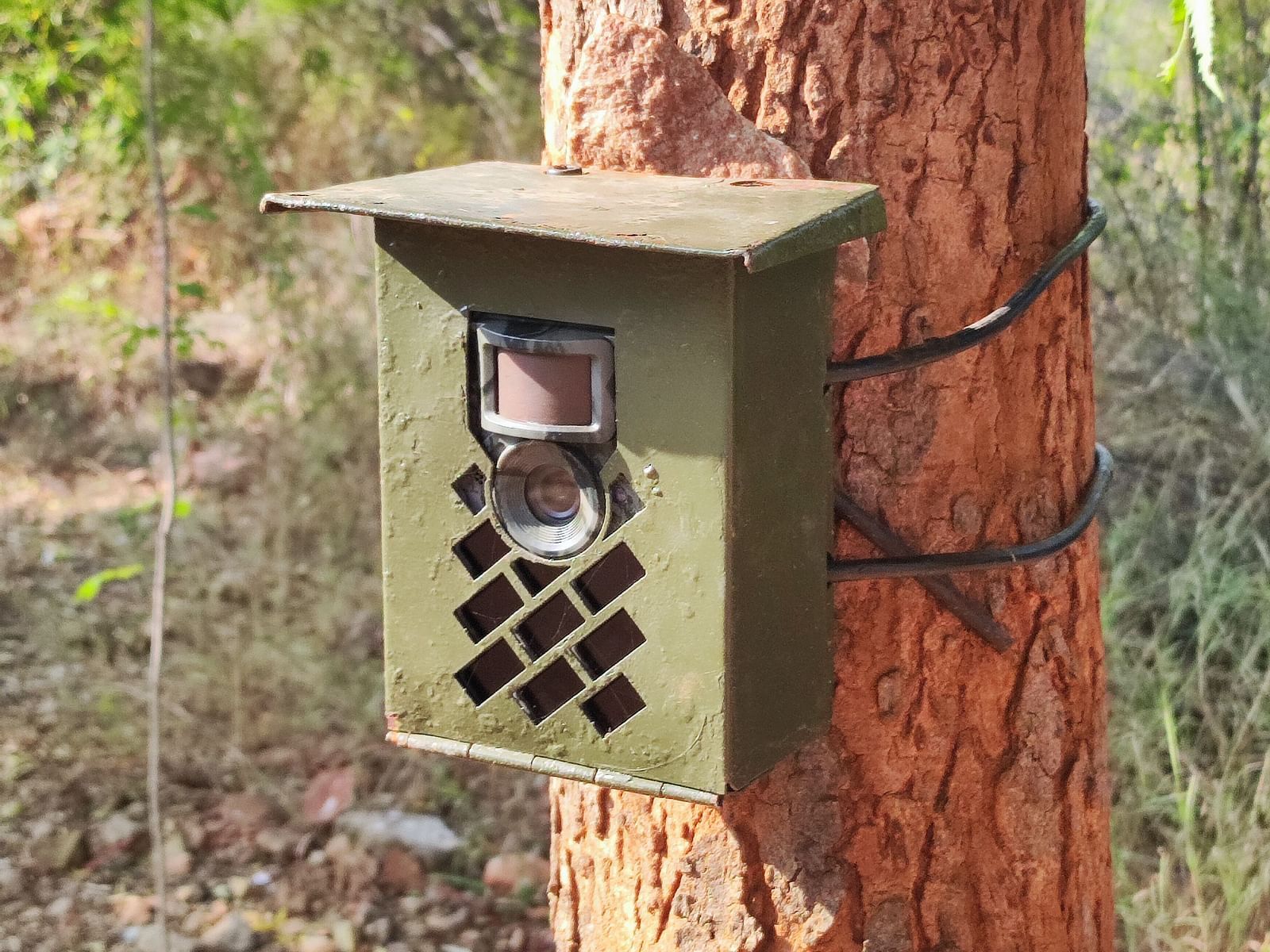
Working of Camera Trap
Every camera trap works in a similar manner which relies on motion detection. The camera trap is fitted with an infrared light illuminator that is not visible to the animals/birds. When an object passes across the beam of infrared light, the detector gets activated which turns on the flash and the camera. The flash illuminates the passing object (animals/birds) and the camera captures the image. The infrared light (wavelength of 940 nm) is outside the visible spectrum and thus not visible, and the animal/bird is not affected by it.Applications of Camera Trap
Camera Traps are usually set up around locations like a water body or trails which have indicators like pug marks, scats or claw marks of the animals.Camera Traps are used around the world for various purposes most likely focused on conservation, some of the major purposes of camera traps are:
- Surveying, Tracking and Monitoring
- Determining the activity pattern (at what time the animal is active)
- Behavioural pattern (behaviour such as foraging, hunting, and mating)

Camera Trap Images Captured Around Utsav Camp Sariska
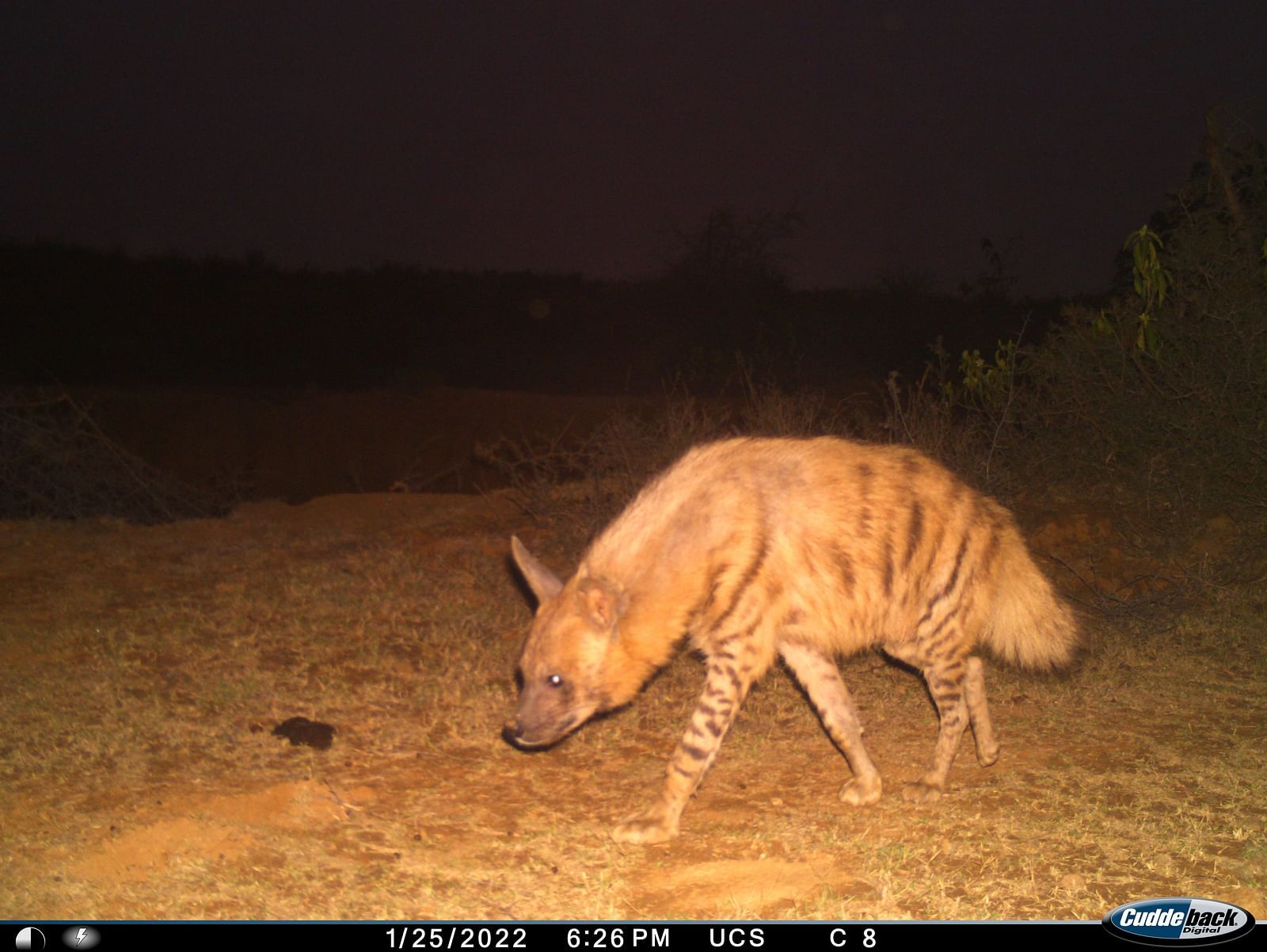
1. Striped Hyena (Hyaena Hyaena)
IUCN status: Near Threatened
The Indian striped Hyena is a specialist nocturnal scavenger actively searching for carcasses and if an opportunity arises, will prey on small animals like jackals, hares or goats. It has creamy mud colour fur with black stripes and a long fluffy tail. The hindlimbs are shorter than the forelimbs and hence the posterior body has a downward slope. The Indian striped Hyena is majorly distributed in arid regions of Gujarat, Rajasthan, Maharashtra, Madhya Pradesh and Uttar Pradesh.
2. Jungle cat (Felis Chaus)
IUCN status: Least ConcernJungle cat is a medium-sized nocturnal cat found all over Central India with dense vegetation, woodlands, grasslands, and cultivation fields. It has a sandy grey coat with no spots or stripes on the body and is seen actively hunting birds, rodents, snakes and occasionally peacocks and porcupines.
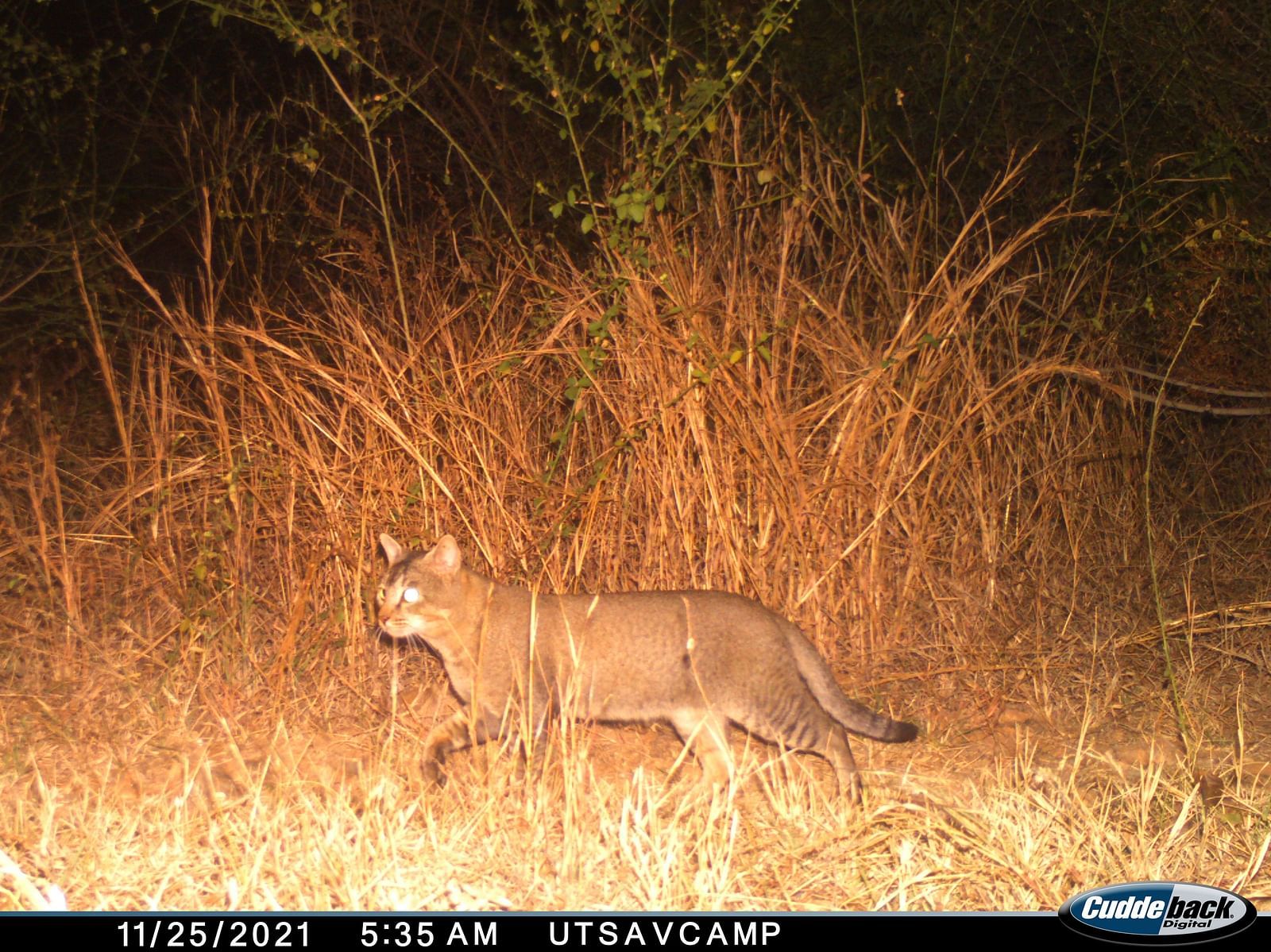

3. Small Indian civet (Viverricula Indica)
IUCN status: Least ConcernThe small Indian civet is a nocturnal animal with a pale grey coat with longitudinal bands running across its body. The feet portion has black fur and the long greyish tail has alternating seven to nine black rings. It hunts primarily at night and is fond of hunting mice, rats, birds, and occasionally poultry birds. The small Indian Civet is distributed throughout India in dense forests, forest edges, and grasslands.
4. Wild Boar (Sus Scrofa)
IUCN status: Least Concern
The wild boar, also called the wild pig is a brownish-grey pig found all over Central India across all habitats. It has a large stout body with a prominent nose and short lean limbs. The wild boards usually stay in herds digging grounds for roots, tubers, and seeds and occasionally scavenge and steal kills from other predators.
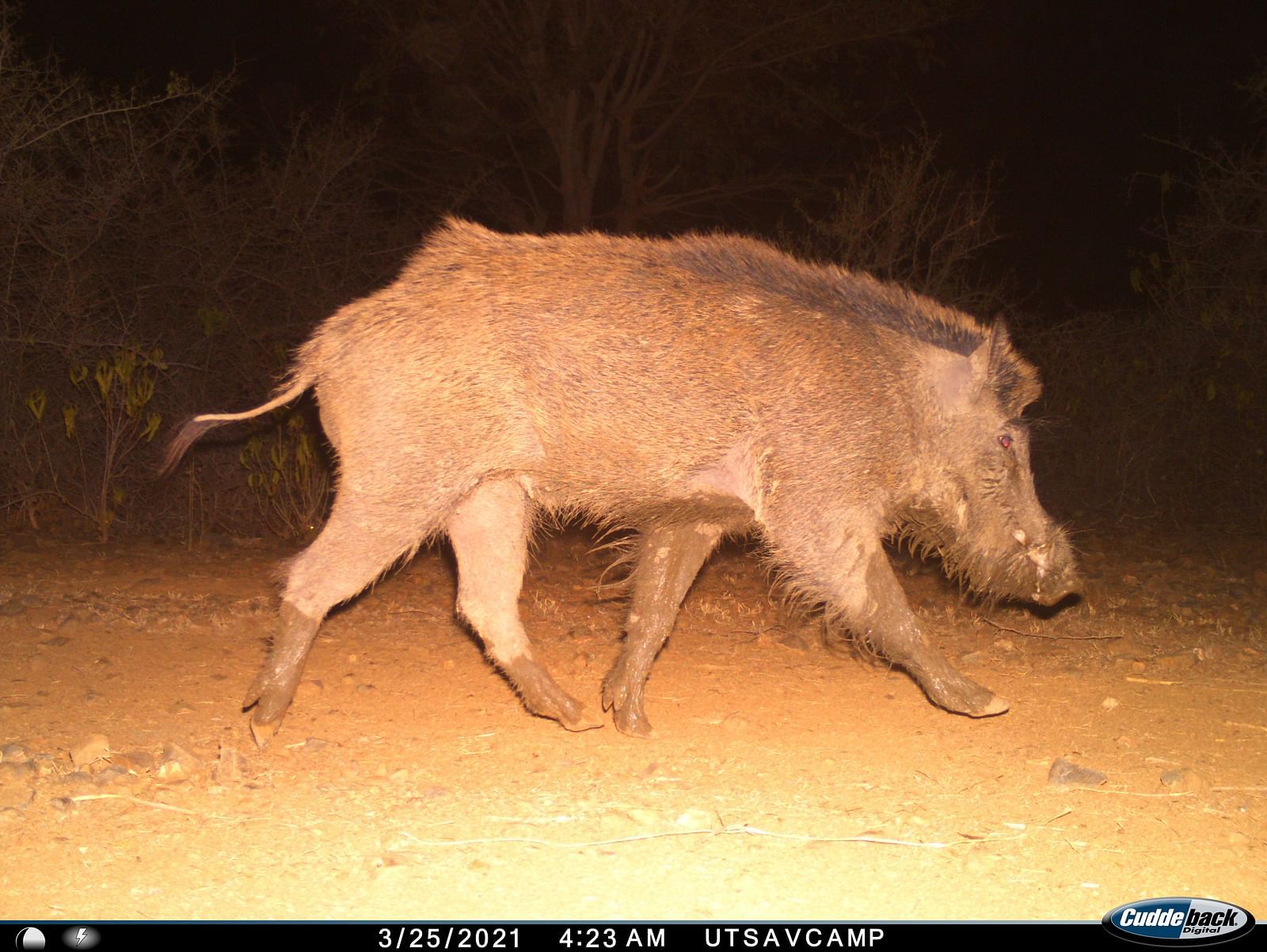
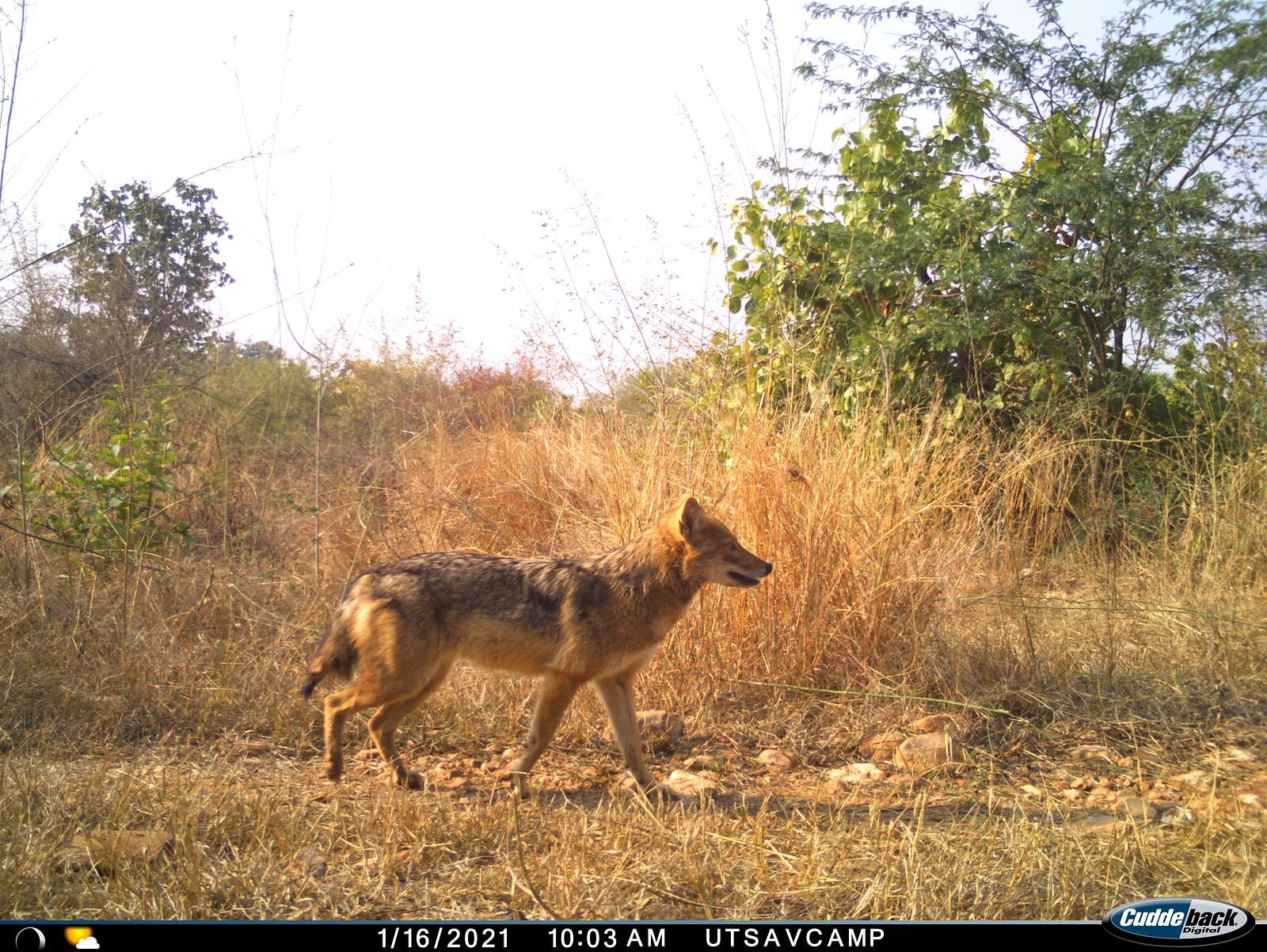
5. Golden Jackal (Canis Aureus)
IUCN status: Least ConcernGolden Jackal is a small nocturnal canine that resides primarily in scrublands, forest edges and dry forests. It has a creamy yellow or dark beige colour fur with a narrow-pointed muzzle, long furry tail and short legs. Golden Jackal primarily hunt hares, rodents, pheasants, francolins, fawns, ducks and poultry birds.
6. Indian Grey Mongoose (Herpestes edwardsii)
IUCN status: Least ConcernThe Indian Grey Mongoose is a versatile and resilient creature, commonly found in a variety of habitats including scrublands, cultivated fields, forests, and urban areas across the Indian subcontinent. It is easily recognizable by its short, sleek grey fur and bushy tail. Its diet mainly includes small mammals, birds, reptiles, insects, and eggs, but it is also known to scavenge when necessary. The Indian Grey Mongoose is famed for its agility and quick reflexes, especially when confronting venomous snakes.
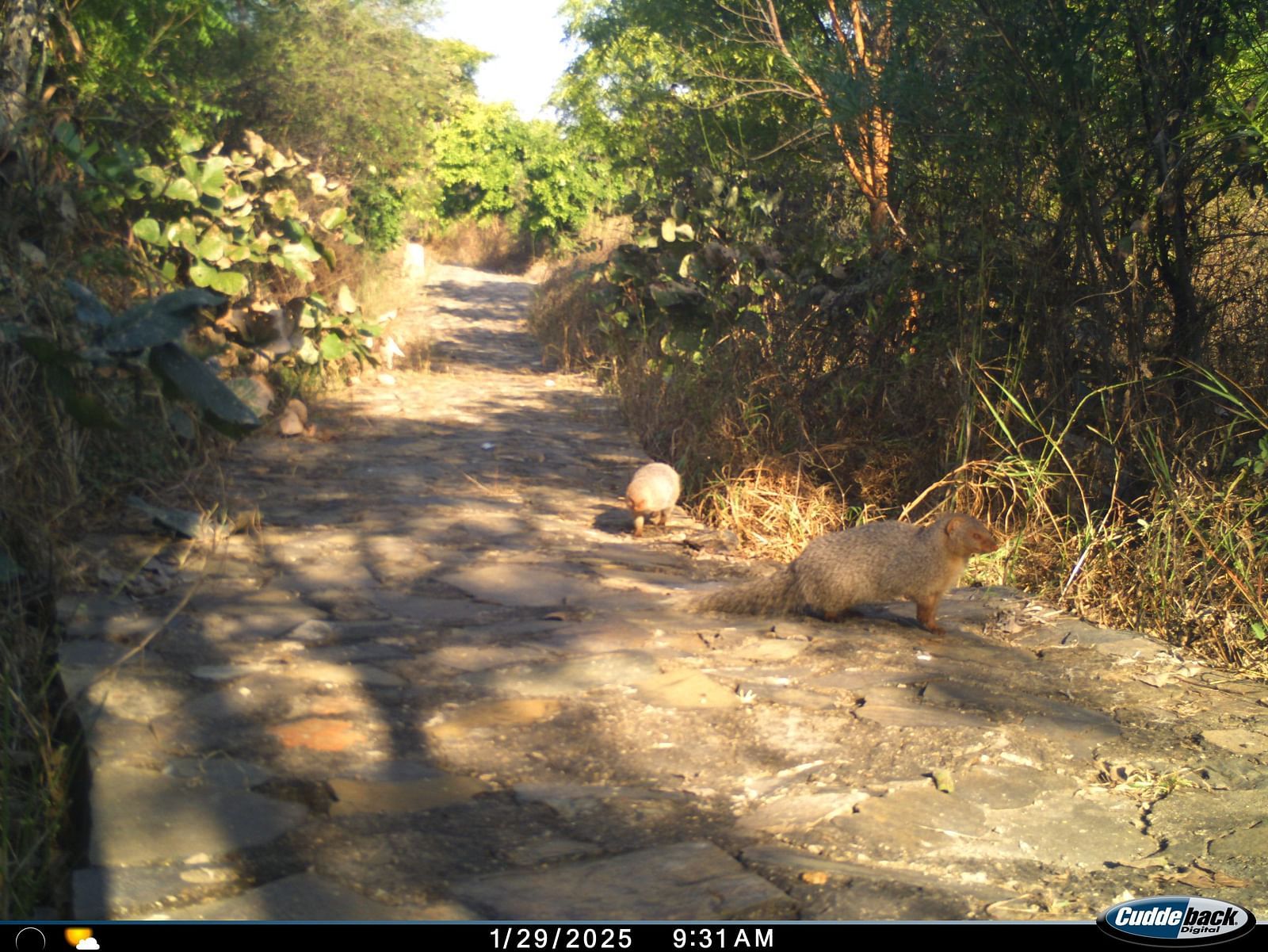
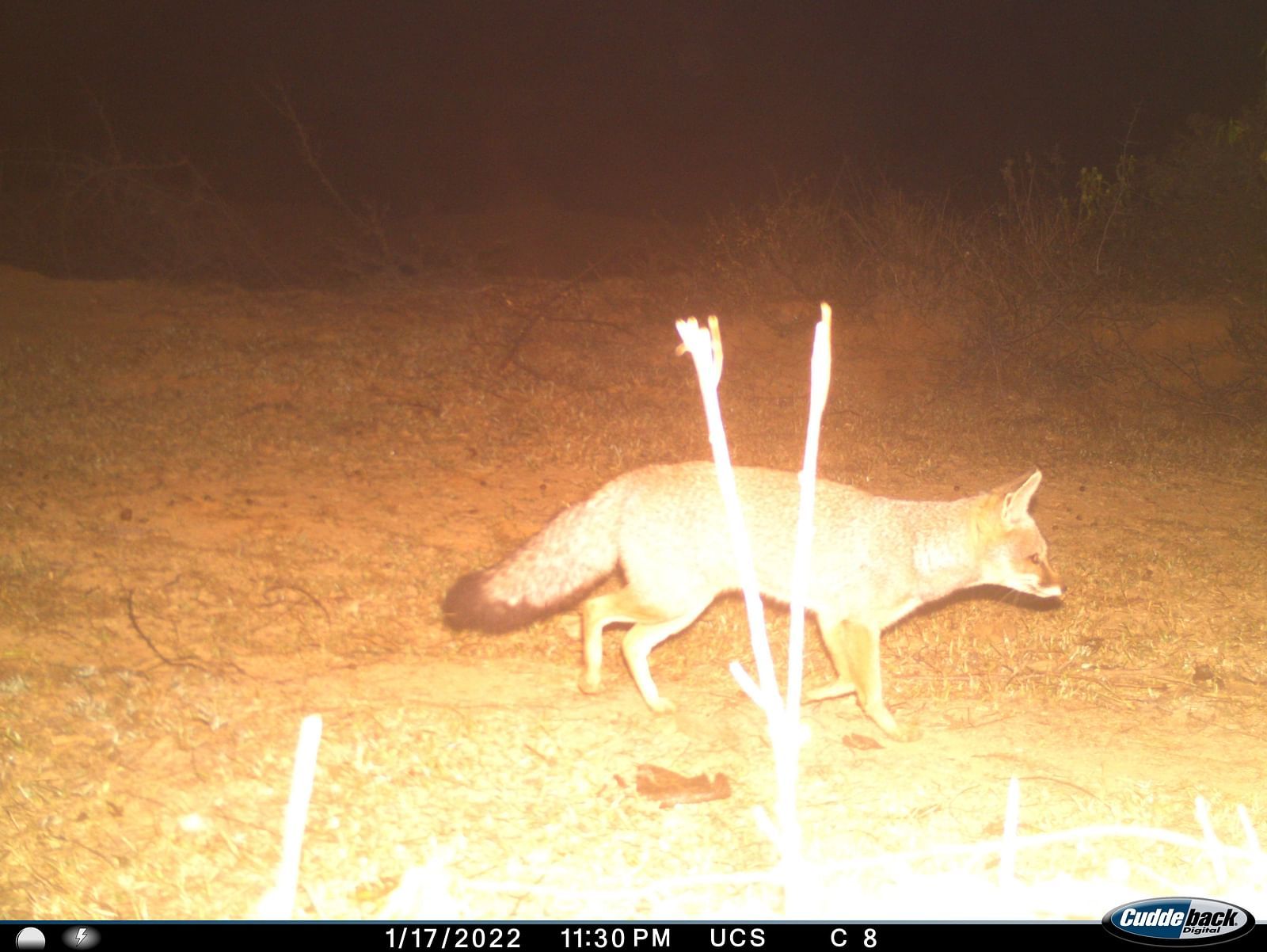
7. Indian Fox (Vulpes Bengalensis)
IUCN status: Least ConcernThe Indian Fox, also known as the Bengal Fox is an endemic fox species of the Indian subcontinent. It has a greyish coat with hints of rufous fur on its legs and underparts. It has a dainty appearance and a long black-tipped bushy tail. The Indian Fox is mainly nocturnal feeding on small mammals and birds, reptiles, insects and also on fruits.
8. Indian Leopard (Panthera Pardus Fusca)
IUCN status: VulnerableThe Indian Leopard has a pale yellow to yellowish brown coat with black rosette patterns all over its body. The rosette pattern is unique to each individual and the tail ends in a white tip. The Leopard is one of the most elusive wild cats and lives solitarily, being active at night. It has a broad diet and is highly opportunistic preying on primates, hares, deers, peafowls, and wild boars.


9. Indian Crested Porcupine (Hystrix Indica)
IUCN status: Least ConcernThe Indian Crested Porcupine is the largest rodent species in India which spends the entire day resting in underground burrows on hill slopes and rocky terrain. It is highly nocturnal and comes out of its burrow at night to feed on fruits, grains, insects, roots and smaller vertebrates. The porcupine is dark grey to black in colour with long sharp quills running from its head to the tail which are used for self-defence (although there is a misconception that the porcupine shoots its quills when threatened).
10. Indian Hare (Lepus nigricollis)
IUCN status: Least ConcernParticularly in arid and semi-arid regions. This species is well-adapted to the desert environment and can often be spotted in grasslands and scrub areas. They can be solitary or found in small groups, especially in areas with abundant food resources. They are primarily active at night and during dawn or dusk, which helps them avoid predators. They are incredibly fast runners, capable of reaching speeds up to 70 km/h (about 43 mph) to escape predators.

Other Blogs
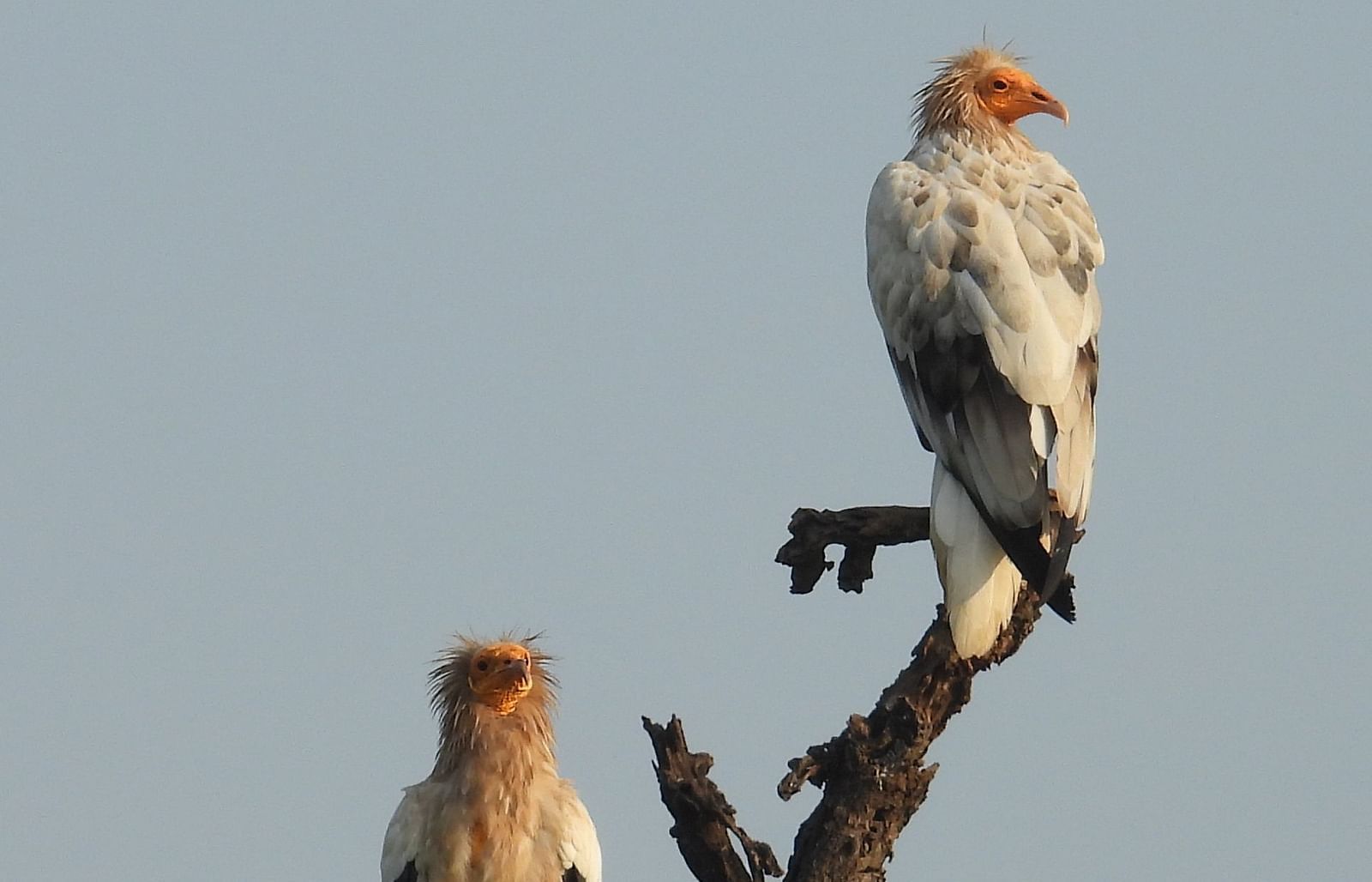
Vultures of Sariska
Discover the diverse vulture species inhabiting Sariska, their ecological roles, and the environmental effects they bring.
Read More
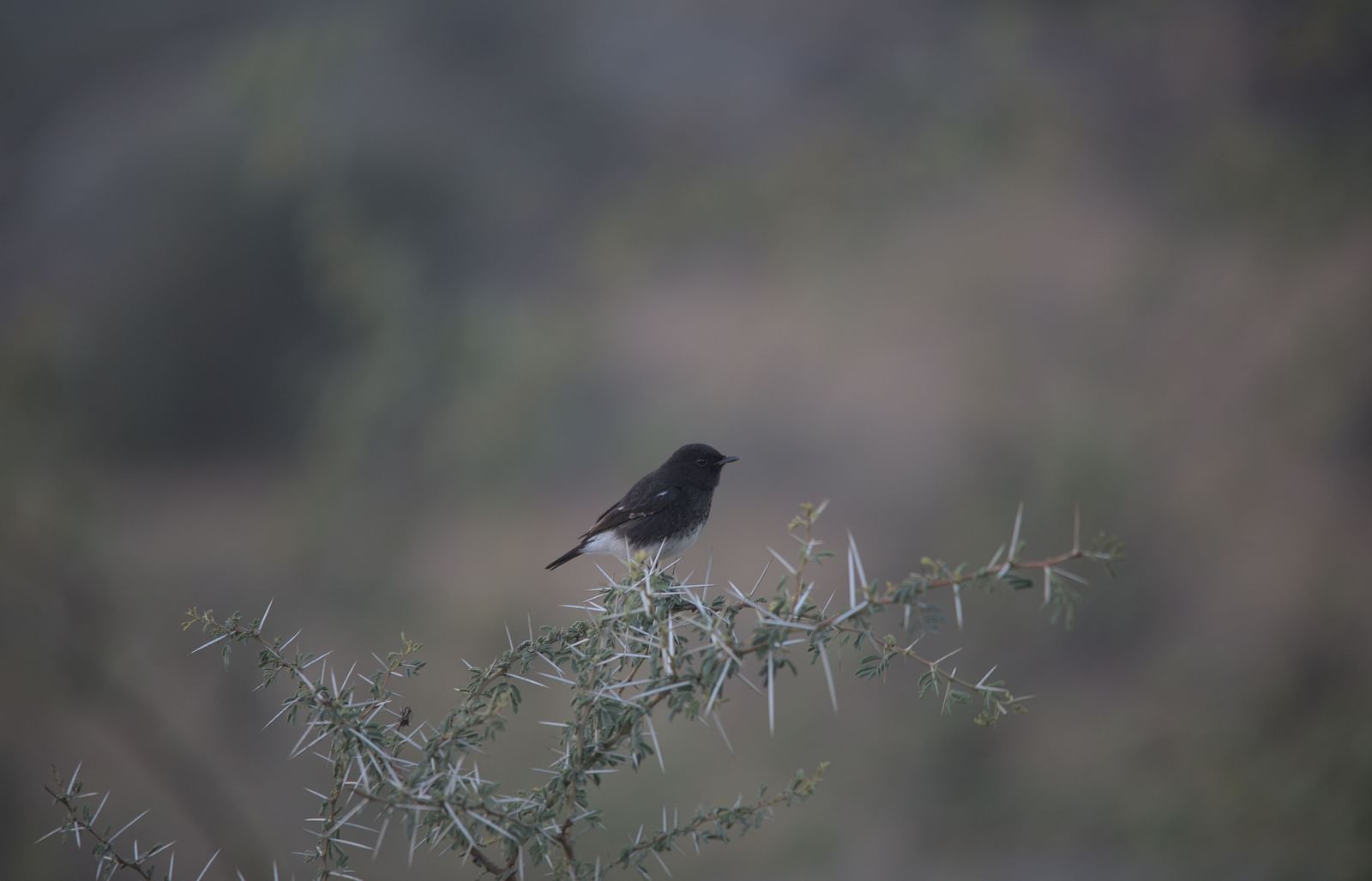
Deciduous Jungle of Sariska
The deciduous jungle of Sariska is home to a variety of trees and plants, each with significant medicinal and commercial value. Discover more about these remarkable species in this detailed guide.
Read More
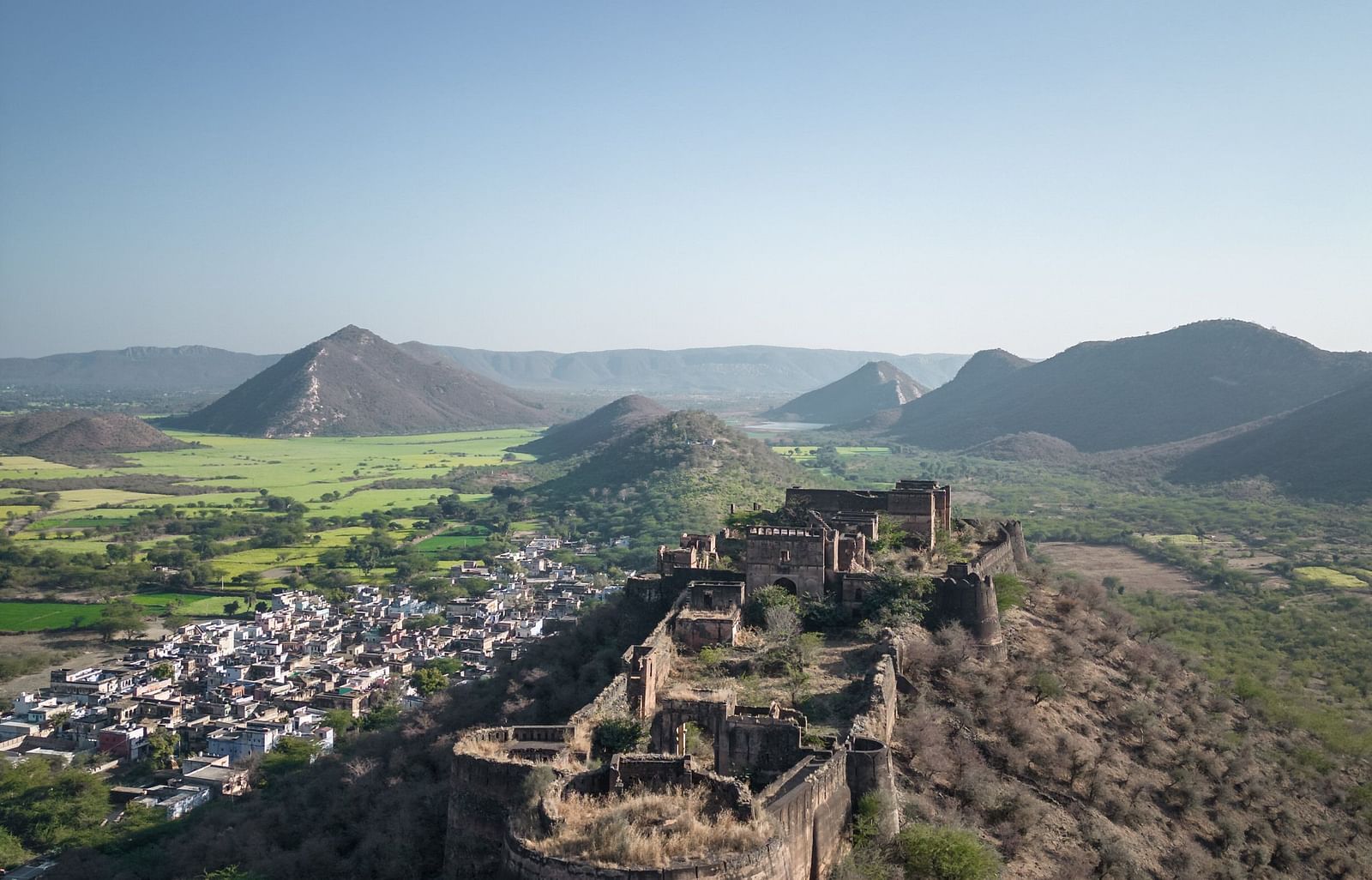
Mythological Importance of Sariska
Learn about the mythological significance of Sariska, including its temples, forts, and more, in this insightful blog.
Read More

Sariska Tiger Reserve
Uncover Sariska Tiger Reserve in Alwar, Rajasthan! Delve into its history, park timings, and more in this detailed blog.
Read More
)
Avifauna of Utsav Camp Sariska, Around the Camp, and Nearby Wetlands
Explore the Avifauna of Utsav Camp Sariska, with diverse bird species around the camp and nearby wetlands, offering a birdwatcher's paradise and serene natural beauty.
Read More
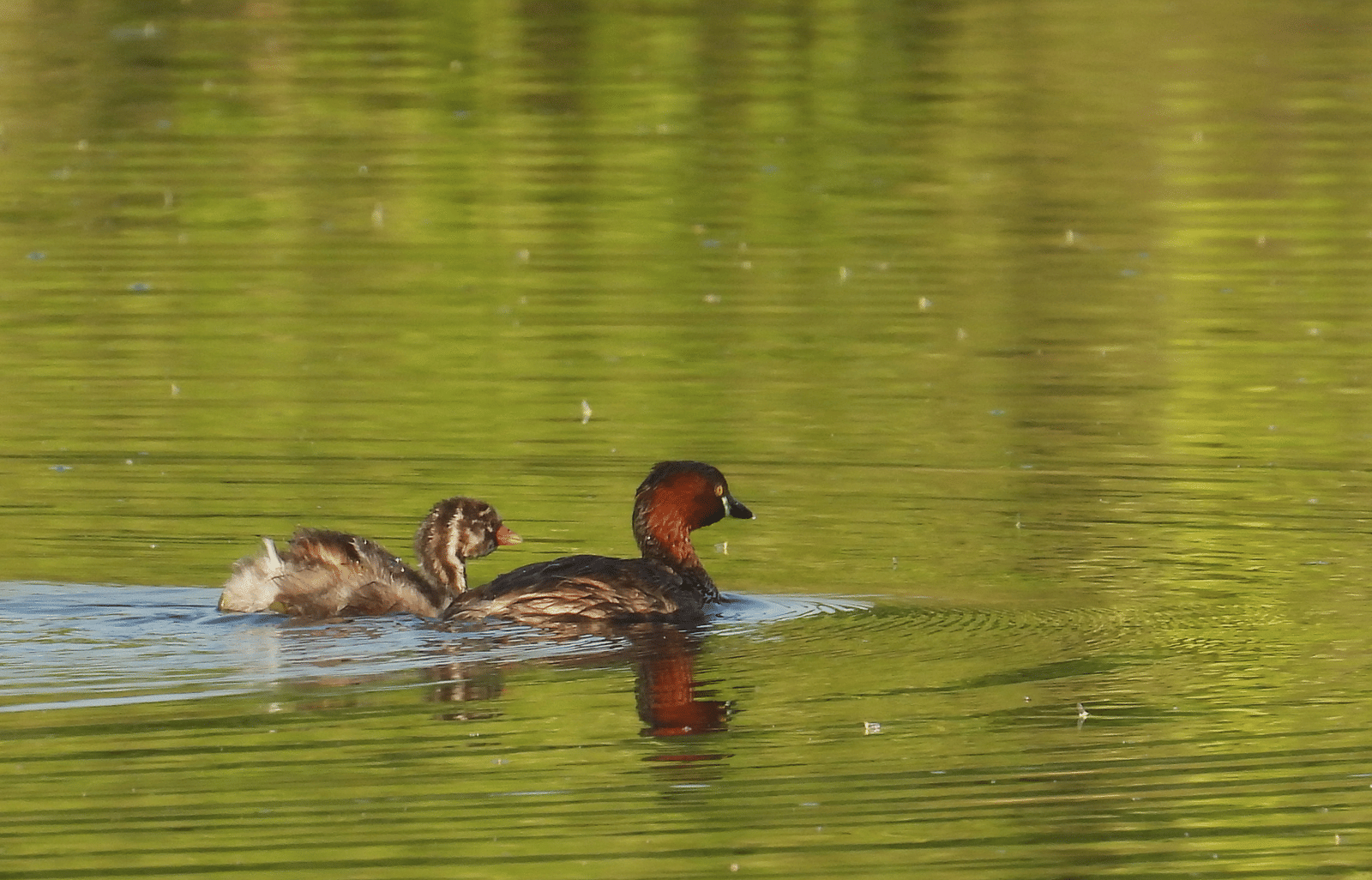
Migratory Birds of Sariska
Delve into the migratory birds of Sariska and discover their seasonal migration patterns in this insightful blog.
Read More
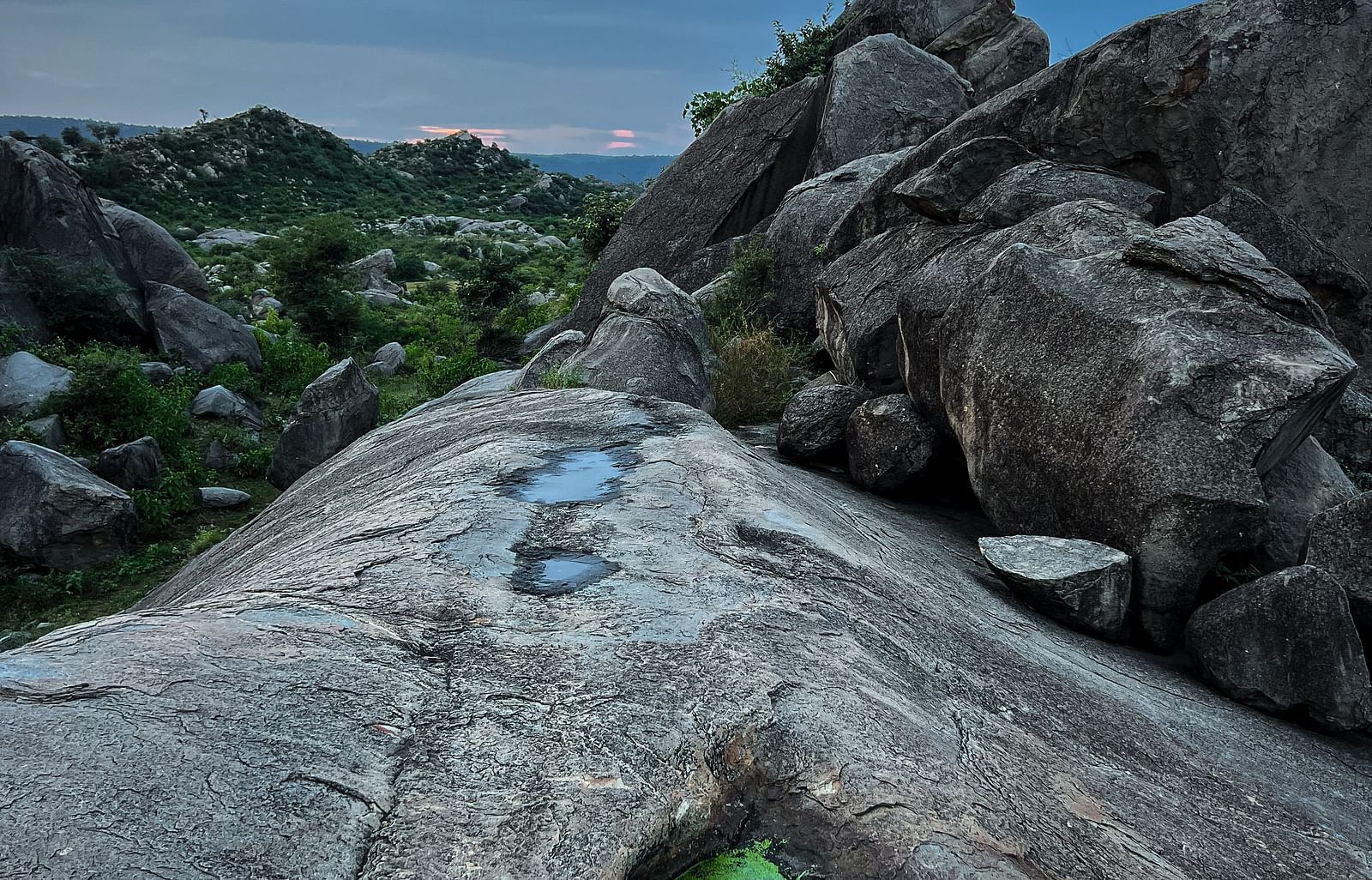
Boulders of Tehla
Explore the enchanting world of Tehla's boulders, and its diverse flora and fauna, beautifully depicted in this detailed blog.
Read More